Cleaning a blender thoroughly is a pain in the ass, especially when you try and get all the goop out from underneath the sharp blades without nicking your knuckles. Alas, it is a necessary chore, otherwise you end up with disgusting dried gunk that ends up in your next batch of pureed foods.

Fortunately, there's an easier way to get your blender sparkling clean besides using easier-to-clean mason jars as you main jar, and the best part is that the appliance literally does all the work for you.
The Best Approach for Cleaning Your Dirty Blender
Simply fill the blender partially full of water, add soap, and run it for about thirty seconds. The Kitchn suggests using different settings on your blender (e.g., pulse, crush) to be really thorough. Then do a final rinse. Voilà! You have a clean blender and intact knuckles.
As the video from CHOW points out, the best thing to do is to use this technique immediately after you use the blender, before anything has a chance to dry out. Sometimes, though, you have to do things like walk the dog or get to work on time, so that's not always possible.
Also, this quick cleaning method should not be the only cleaning you do when you're working with eggs, milk, or any other dairy products. For that, you'll need to do some extra scrubbing, or move onto the next method.
What About a Dirty Blender That's Been Sitting for Hours?
We've found that a blender that's really got some dried-out gunk stuck under the blades benefits from soaking in a mix of warm, soapy water and a tablespoon of white vinegar or even some kind of oxygen bleach (like OxiClean, the stuff you use in your laundry) for a few hours or overnight, depending on how bad the mess is.

Then you can try running the blender with a fresh batch of soapy water. This will remove most of the gunk, but you may still need to get in there with a scrubby sponge.
And What About Those Dirty Nooks & Crannies?
If you've got dried-up stuff that somehow crept down into the cracks between the plastic (or glass) container of the blender and the plastic base, it's a little more work. Soaking the jar of the blender will help loosen that stuff up, but if it's really dried out, you may need cotton swabs or an old toothbrush to get that area clean.
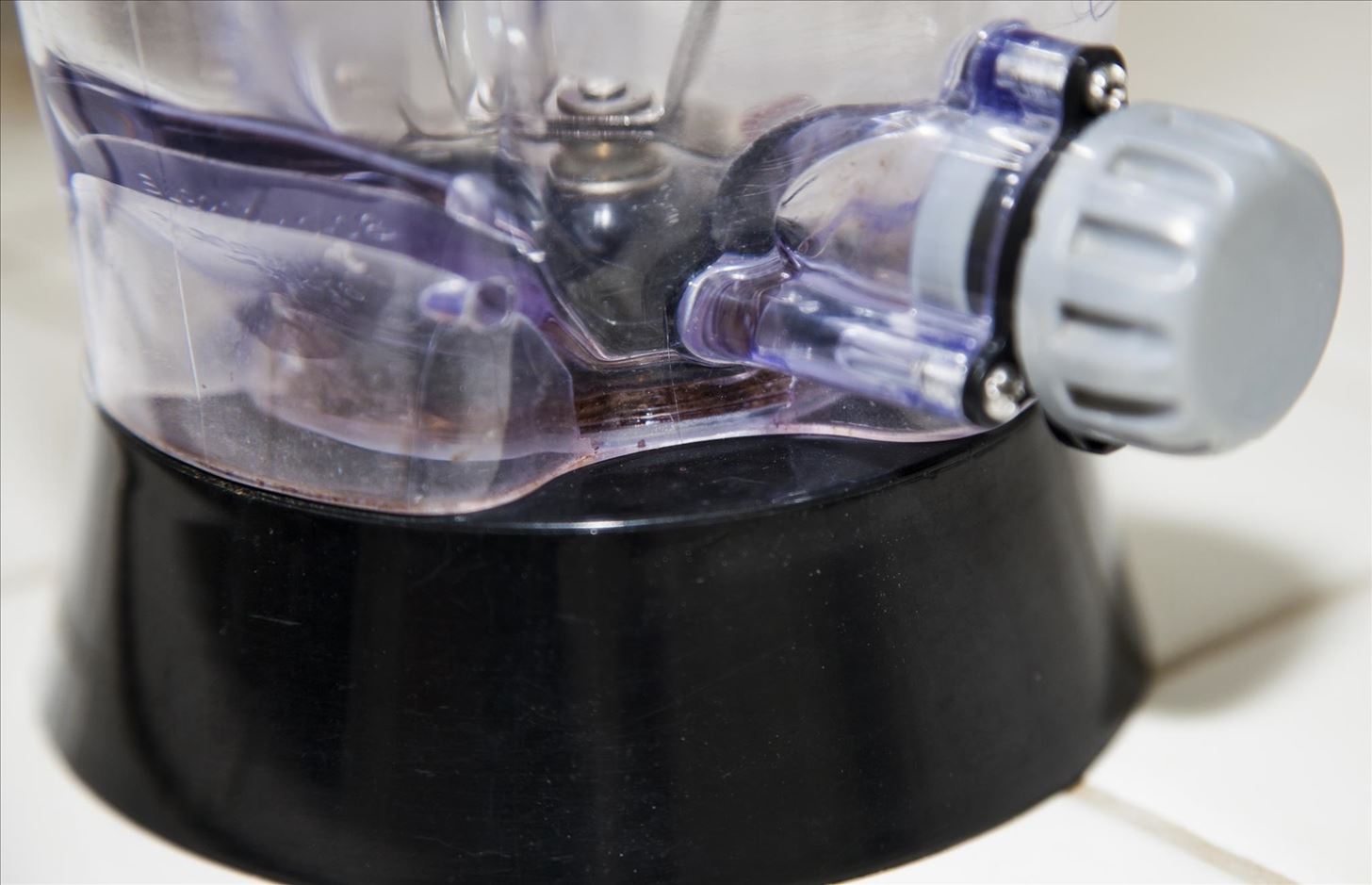
Rubbing alcohol or hydrogen peroxide can help with really tough bits that won't come off. On some models, you can unscrew the blades and base from the blender's container entirely. If so, then you can soak them overnight or run them through the dishwasher.

If you've never done this before, the threads could be fairly gunked up, requiring a good amount of elbow grease to untwist. Once you get it loose, you'll never not take it apart again.
Just remember that anything that's connected to a cord that plugs in should never be submerged in water (we know you know this, but it never hurts to repeat).
Can You Use These Tips for Food Processors & Juicers?
We also tried this "let your appliance clean itself" technique on a Cusinart mini food processor and a Breville juicer.
The good news is that the technique worked very well on the mini food processor, especially when it came to cleaning the inside of the blade shaft and the inner ring of the Cusinart jar. The bad news is that it was only useful right after the Cusinart had been used.
Letting food dry, soaking the Cusinart bowl and blades, and then running it with soapy water got most of the gunk off, but we still had to go in there and do the fine detail work by hand, especially inside the blade shaft. Since the blade shaft snaps over the inner tube of the Cusinart jar, those parts aren't exposed to enough soapy water to make the process truly self-cleaning.

As for the juicer, this technique was kind of a wash (literally). While it did clean out much of the fruit and veggie pulp caught in the fine-mesh sieve (this is the part that usually needs a lot of scrubbing by hand), running the juicer with soapy water meant that a lot of the water leaked into the base of the juicer, where the electric motor is housed.
It's not worth potentially ruining your juicer just to save a few minutes of cleaning time, in our opinion.
Just updated your iPhone? You'll find new emoji, enhanced security, podcast transcripts, Apple Cash virtual numbers, and other useful features. There are even new additions hidden within Safari. Find out what's new and changed on your iPhone with the iOS 17.4 update.
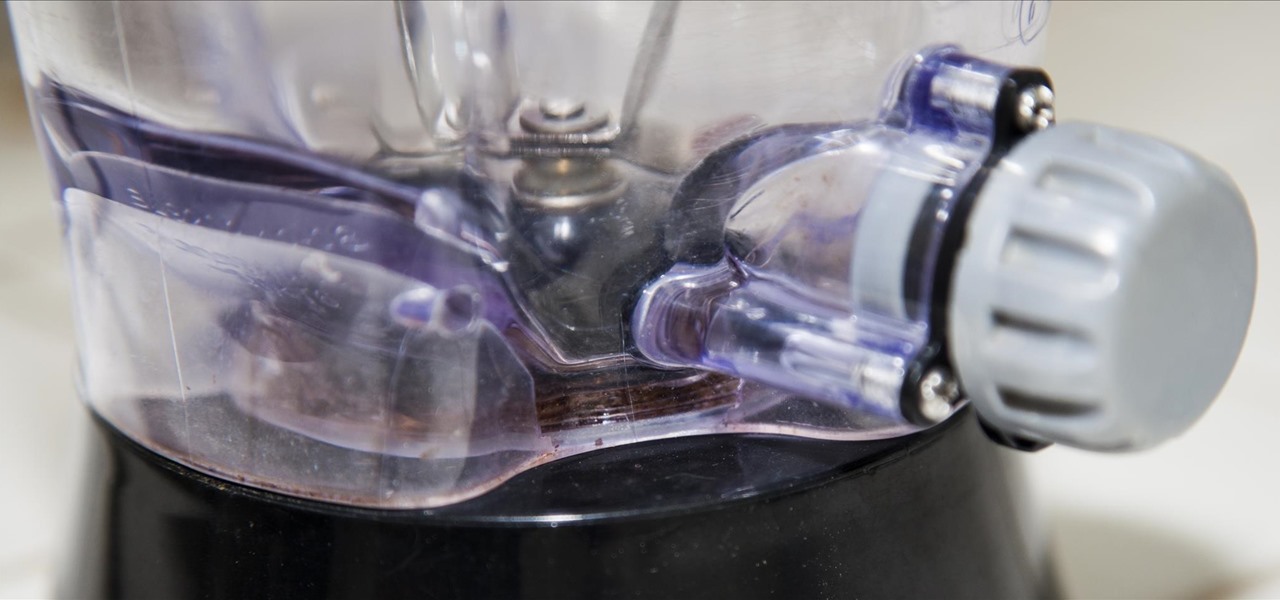




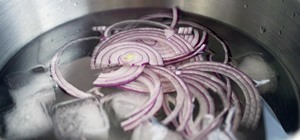

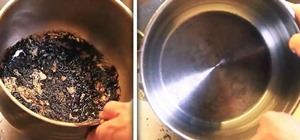
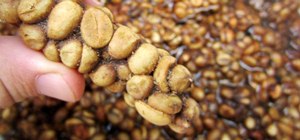




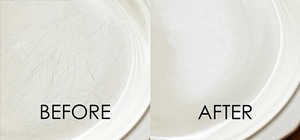



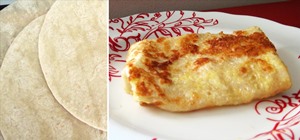


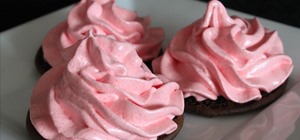
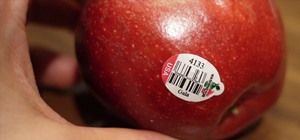

1 Comment
Thanks for helping me CLEAN MY BLENDER
Share Your Thoughts